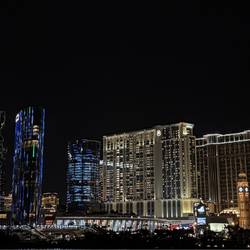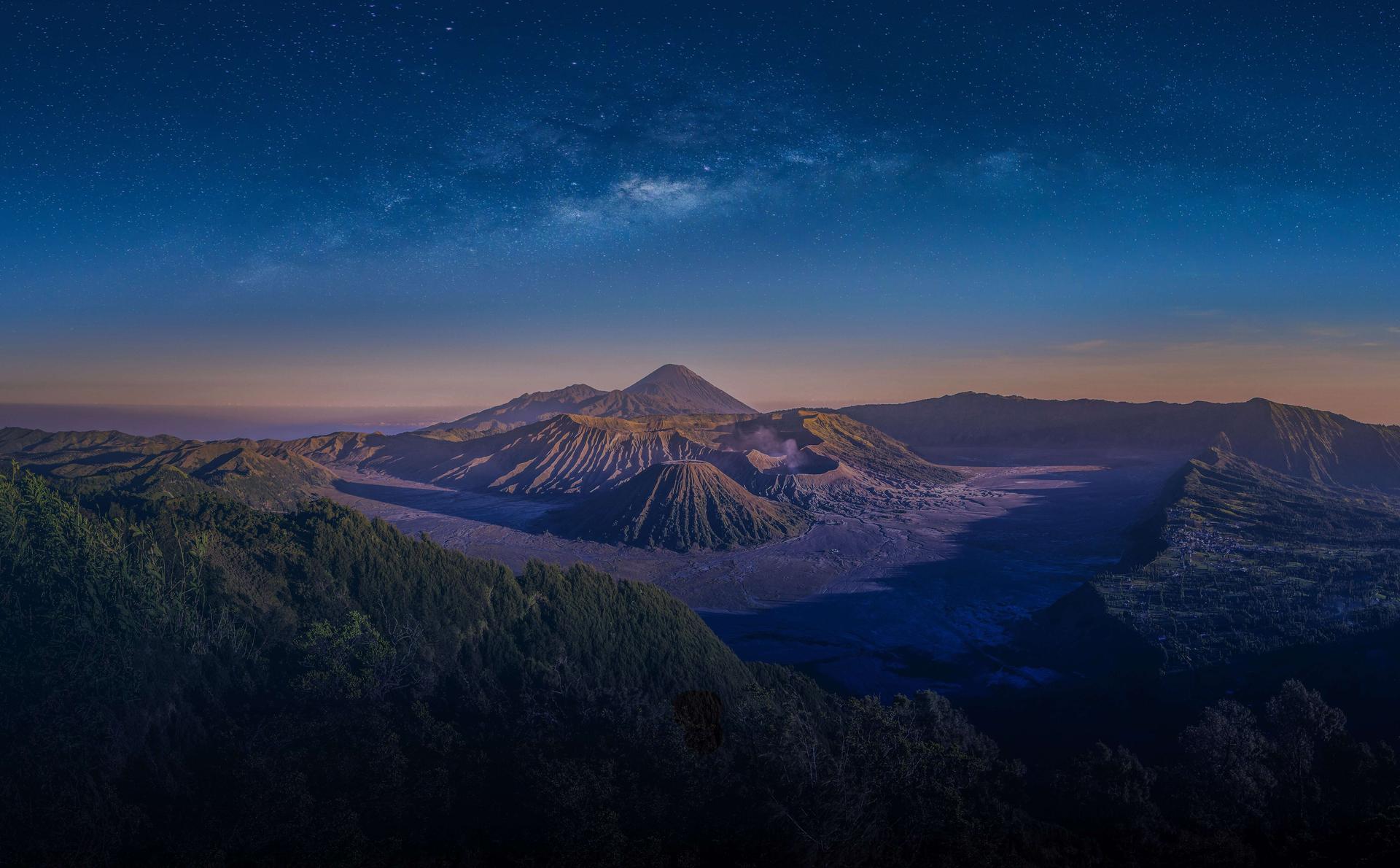Be One With The Fishes: A Guide to Diving and Snorkeling at Perhentian Islands

The Perhentian Islands are known for their amazing diving spots and for many good reasons. There are close to 30 diving spots to explore and each had its unique attraction that’ll have you coming back for more.
Popular diving spots
1. Sugar Wreck
One of the most famous diving site near the islands, the ship lies 18 meters below on the bed of the sea, and is home to many species of sea life. Shipwrecks attract marine life, so you’re in for a treat.
Dive around the ship and you can spot several types of sharks, pufferfish, barracuda and more! It is also really fascinating to see how nature takes over the remains of a 80 meter ship that once transported sugar.
Credit: Ye Choh Wah / Shutterstock
2. Tokong Laut
Known as the ‘Temple of the Sea’, this site is a must see. The deepest part of the dive is 25 meters and you can see Nemo a.k.a clownfish, scorpionfish, blue-spotted stingrays and various types of corals.
Keep a lookout for bamboo sharks resting under the rocks and swim amongst schools of snappers!
3. Terumbu Tiga
If you wish to see a turtle and even swim near it, this is a good place to try. The site is quite big and is known to be home to pipefish, nudibranch and barracudas. There are several caverns and swim throughs among the boulders, which gives and extra thrill to divers.
How much is it gonna cost?
Most of the diving centers in the Perhentian Islands offer PADI diving courses and it costs between RM950 and RM1,150.
Some places also offer package deals for a 4-day-three-night stay plus the course for not much more than that. The cost varies depending on the kind of accommodation you choose but from our survey, the prices are usually less than RM2,000. 
While diving can be addictive for some, some don’t quite like it and it can be an expensive experience to try. But worry not, because many of the dive shops offer discovery courses where you can learn the basics and dive in shallow waters (for RM200 - RM250) before deciding if you want to get a licence. This is also great for people who don’t have the time for the real deal.
For those with licence, the cost is usually between RM65 and RM90 per dive.
Don’t want to dive but still want to be close the marine life?
For those not interested in getting a diving licence or have limited time, snorkeling is a great choice for you. The waters here are quite clear and home to colourful sea life so you won’t be disappointed.
Head over to Turtle Point to get a glimpse of the endangered animal. If you’re lucky, you can even swim alongside the animal, which often looks unconcerned by the curious humans crowding around it for a picture or two.
Shark Point is another favourite among tourist who want the glory of having swam with the sharks, although the ones here are relatively small and harmless. If you’re looking to check out coral reefs, Coral Point is where you should head to.
Operators often have packages that caters to people’s interests and time, so check out the packages and see if you can tailor one to suit your group.
How to be a responsible tourist
Like many other coral reefs around the world, the ones at the islands are also dying due to pollution and climate change. Evidence of these can be seen at some of the beaches at bothe the small and big Perhentian islands, where some of the beaches are unswimmable due to the abundance of dead corals on its beds.
Here’s some of the things you can do to minimise the impact of human interference when you visit the islands.
1. See but don’t touch
Corals are a living thing and sometimes comprised of thousands of really small animals. They look sturdier than they actually are and can die easily. Try not to get too close to it when you dive that you hot it with your gear unintentionally.
 2. Don’t feed the fish
2. Don’t feed the fish
It may seem like a harmless thing to do but feeding the fish attracts other species that are not native to the area, disrupting the natural ecosystem in the area. The flocking of more fish than natural near the coral reefs also may cause the corals to die.
3. Choose operators wisely
Research the travel operators you are hiring and ask questions that could give you an idea of the measures they take to preserve the marine life. In Perhentian Islands, you can see some operators who have posters and other informational materials in their shops about conservation, which can be one of the signs to look out for.
4. Control your use of plastic
It’s all over the news. A huge amount of plastic we use on a daily basis ends up in the sea and harms the marine life. Simple things as bringing reusable bags for shopping, recycling and even throwing trash in a proper bin could help reduce the impact to the environment.
Ready to book your trip?
Now that you’ve got all the information you need, what are you waiting for? Book your trip to Pulau Perhentian here.
Recommended Articles

Traveloka New Year Escape: Christmas Sale & New Year Promo for Singaporeans

New Year in Bali 2025: Best NYE Parties, Fireworks & Beach Clubs

Guide to Top Shanghai Christmas Market | Where & What to Buy

Japan New Year 2026: Tokyo Fireworks, Traditions & Countdown Events

Macau: The Ultimate 4D3N Macao Itinerary

Trick or Treat! Best Neighbourhoods, Events & Tips in Singapore 2025




















 Facebook
Facebook Instagram
Instagram TikTok
TikTok Youtube
Youtube Telegram
Telegram
